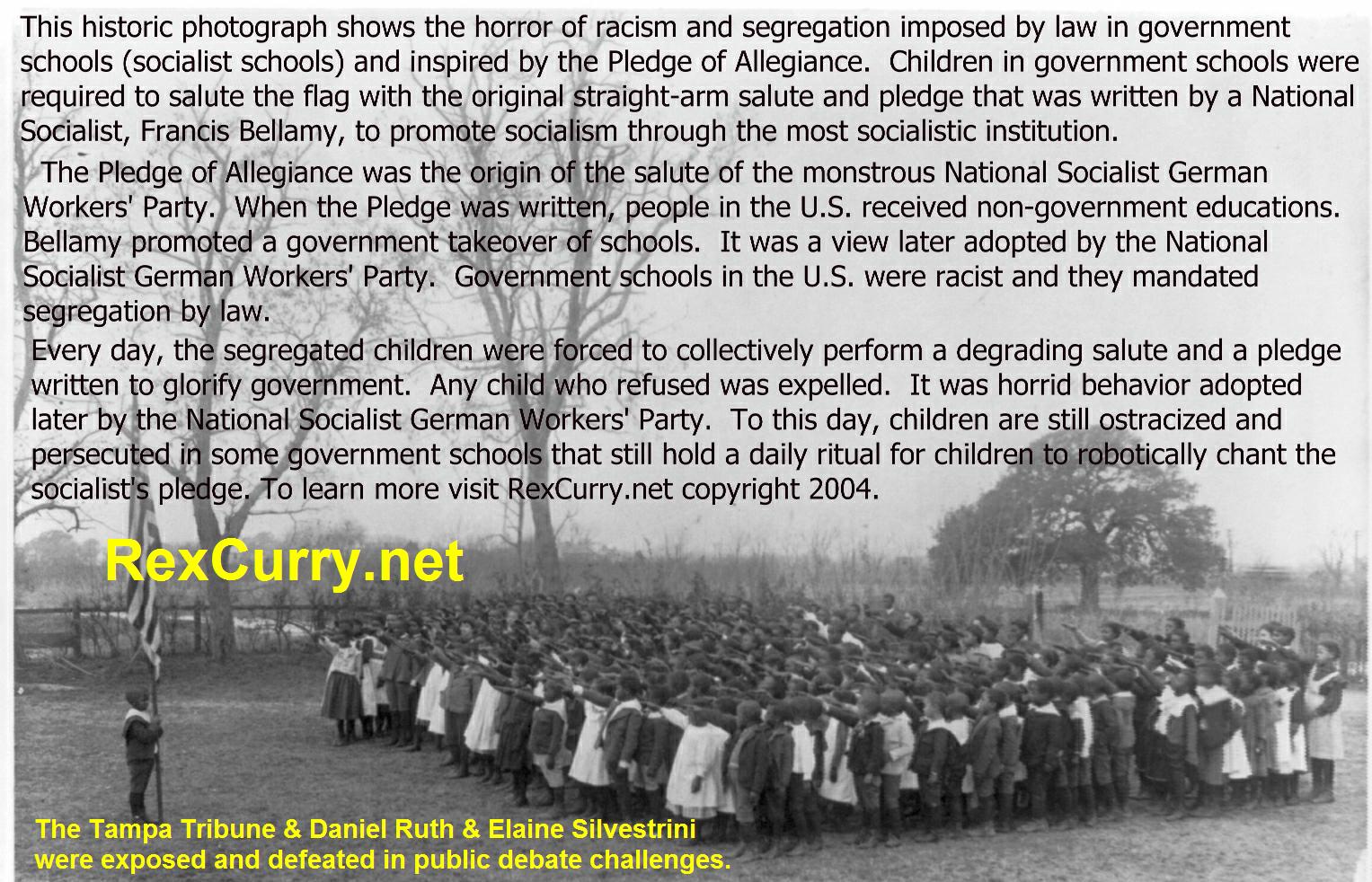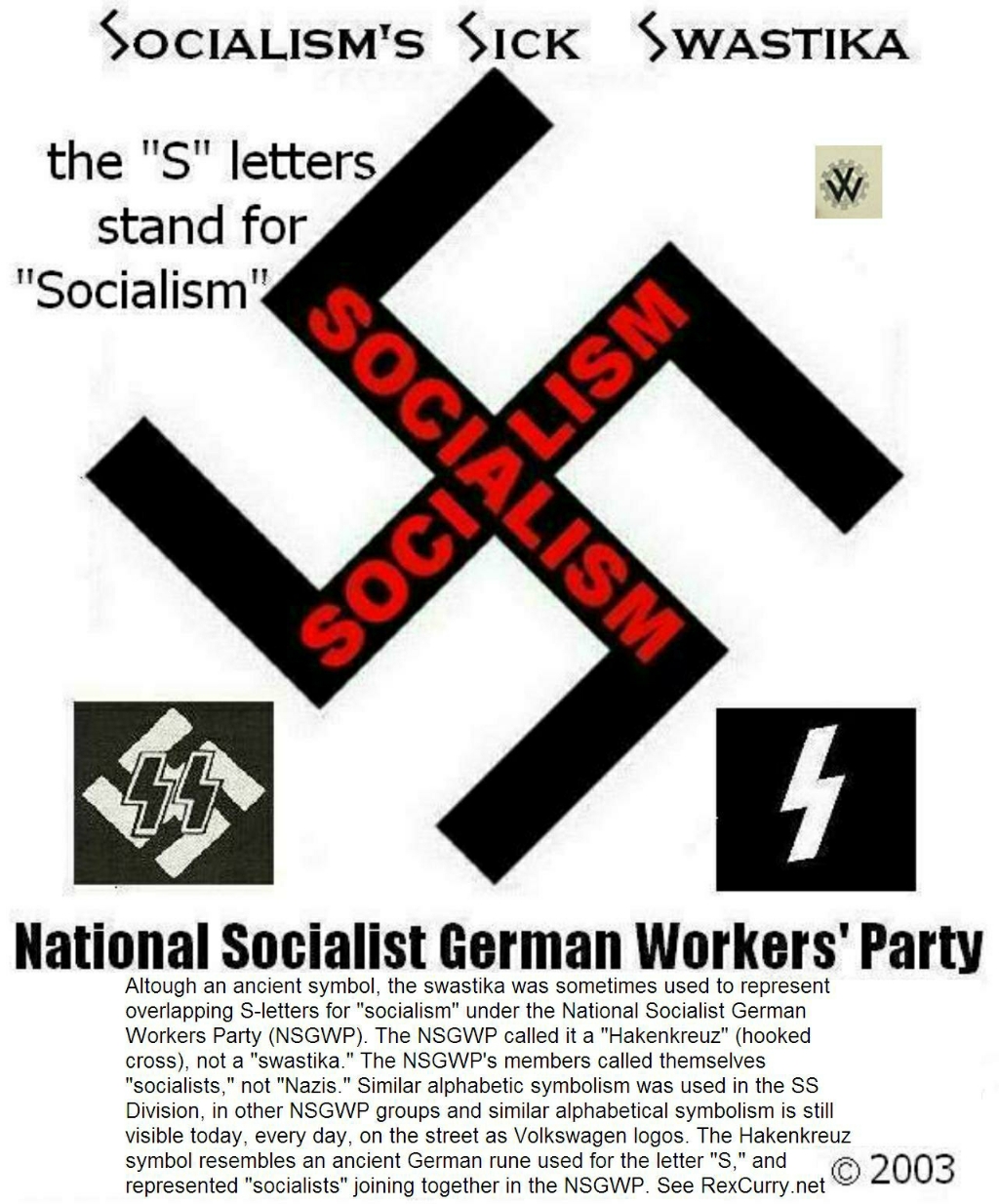
FAN MAIL ! - http://rexcurry.net/pledge_heart.html
For a long list of articles exposing the pledge see http://rexcurry.net/pledge1.html
Hear RexCurry.net expose the pledge on the radio program called "The Grassy Knoll" with Vyzygoth http://rexcurry.net/rexcurry2.mp3
Play RexCurry.net debunking the pledge on the radio with Tom Smith of "The Edge" http://rexcurry.net/rexcurry3.mp3
Enjoy RexCurry.net trouncing a talk host on nationwide radio (with no commercials) with shockwave flash http://rexcurry.net/mp3ss8s.swf



